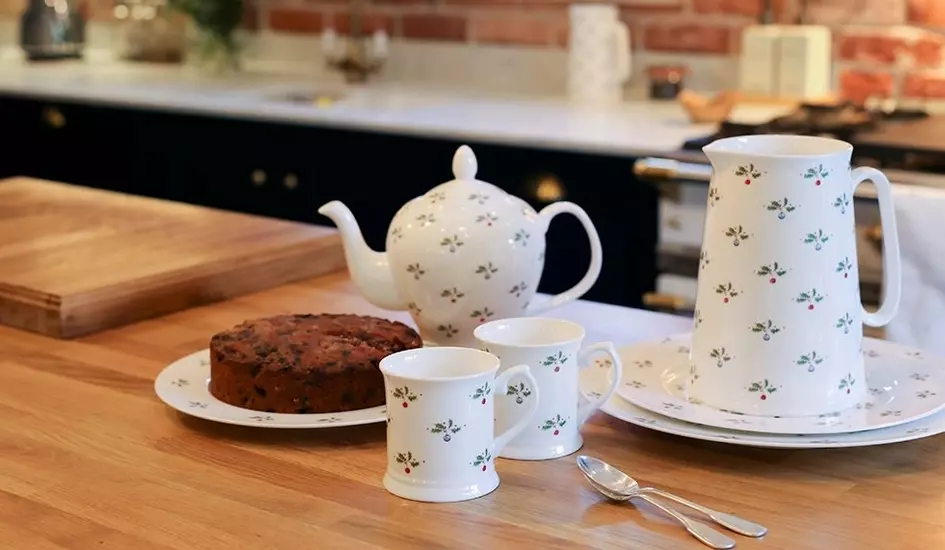7 Types of Product Photographs Your Ecommerce Website Needs
Good product photography can mean the difference between a customer choosing your product or one from a competitor. It's the only way your site visitors can see what it is they are potentially buying. Would it work for them? What is it made of? What is the quality like? What's the colour? How big is it? As well as answering many of these questions in the description which should be full, detailed and accurate, it's best to also include multiple good quality images showcasing your products in their best light to encourage sales.
Although my role now is as the Creative Director for Khoo Systems and iPages, my background is firmly rooted in photography. My Father was a still life advertising photographer in the eighties and one of my earliest memories is helping to nudge tiny pieces of fake snow on blue perspex for a Radox Christmas shoot in the middle of the summer. I went onto a degree in Graphic Design at UAL, where I specialised in photography, and then went on to work as a designer and Art Director in glossy magazines for many years where part of my job involved organising, art directing, and styling many different kinds of photo shoots. I hope to share with you some of my experience in order to help you convert your site visitors into customers.
There are a number of product shots it is important to take. I will also include some tips on how to create each of these shots.
1. The Studio Product Shot (Possibly Cut-Out)
This is your main product shot, which on some sites will be a cut-out image - an image shot on a pure white background, which then has the background removed so that only the product appears on your site (see images below).
To take the main product shot you need:
- the product to be well-lit,
- the product to be shot straight on, and not at an odd angle,
- the product shot at the right distance - not too close so that the image distorts, but close enough to see your product clearly, and
- the product shot so that the image is as close to it's actual colour as possible.
If the image is not to be a cut-out shot then think carefully about the background, and what material you have the product placed on. The background should be as simple as possible with nothing to detract attention away from your product.
When thinking about this shot it's also important to think of it in relation to the rest of the products you are selling on your website. This is because your site will look more professional and visually appealing when all the shots work well together. It also strengthens your branding by having a house style for all these shots.
Jane Abbott homeware has great examples of products that are shot on a pure white background, and then 'cut-out' as the background is removed:
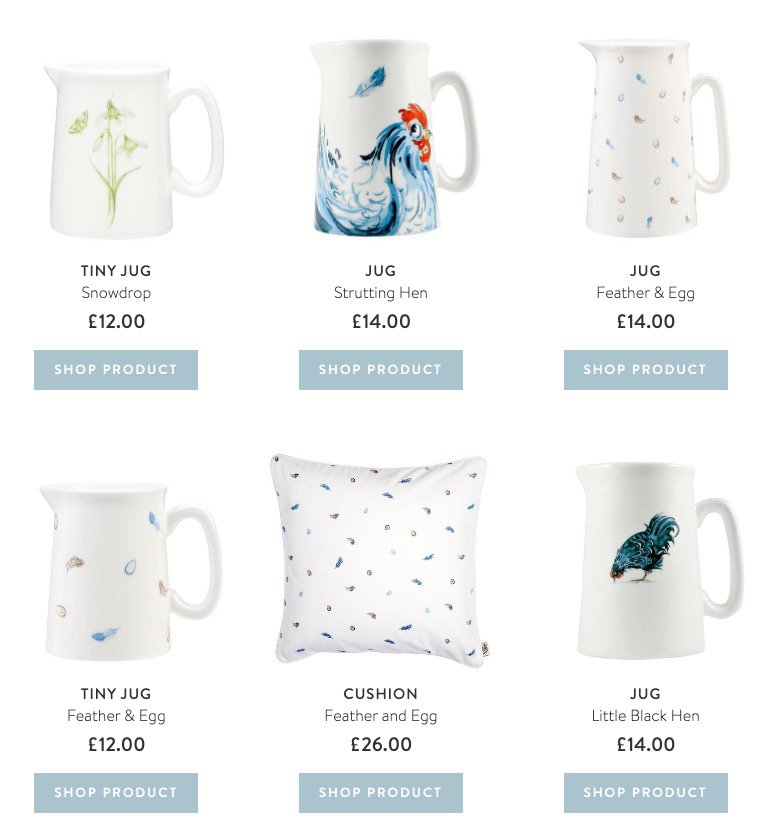
2. Lifestyle Shots
A lifestyle shot is the aspirational shot which allows a site visitor to envision this product in their life and in their home. It also allows you to further extend your brand image while enabling people to 'buy in' to your brand. Many luxury or lifestyle brands use this to their advantage offering a taste of a more luxurious, or maybe a more simple, life if only by means of buying a candle or notebook or pen.
In Jane Abbot's image the product is being shown in situ, alongside other items in her collection. This is a traditional product and so the setting for the lifestyle set fits the brand. The entire feel of the shot is warm and inviting, which adds to the attraction of the product.
Another of my favourite sites for their creative use of product photography to strengthen their unique brand is Present & Correct. Their products are very carefully curated, and are very utilitarian and classic, and their styling cements the products characteristics. Their use of shooting from above, and creating groupings of products, alongside a careful choice of backgrounds work well in each individual shot, and together as a whole.
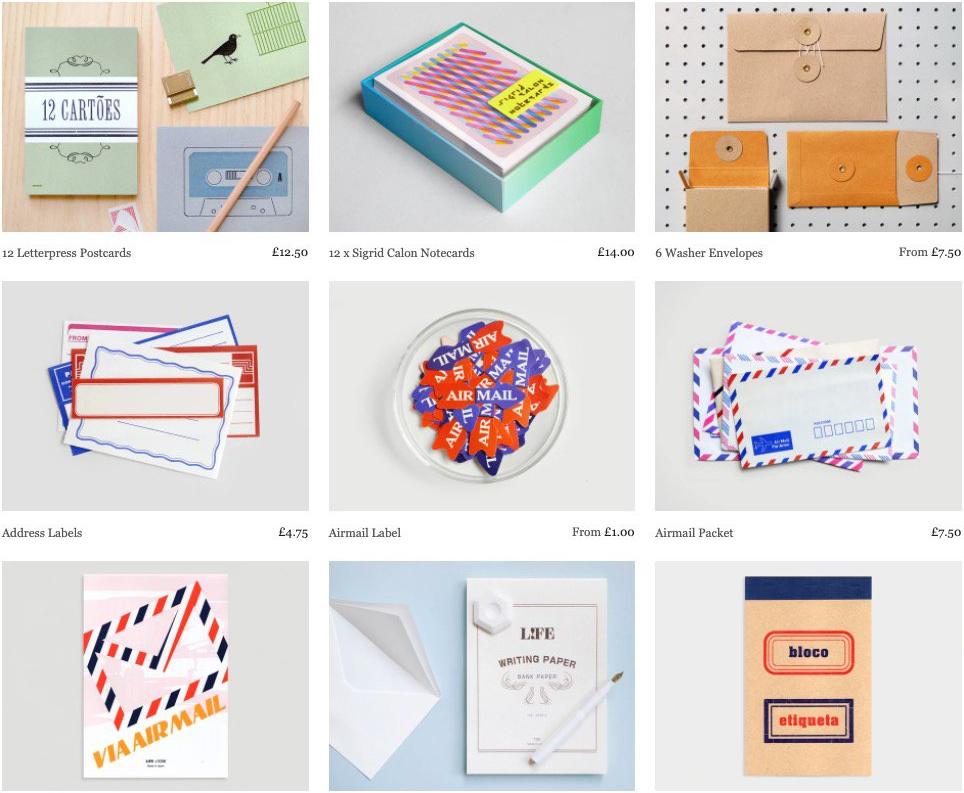
It's possible to also include a 'lifestyle' shot on hover such as Jane does for her Apron shown here:
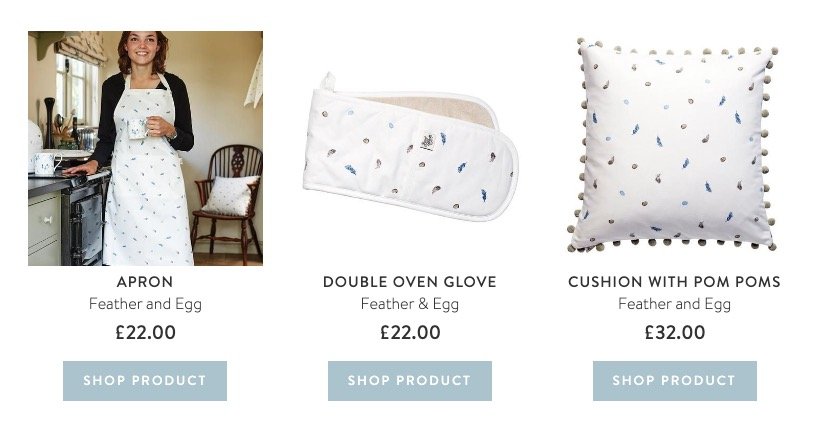
3. The Detail Shot
This shot should be taken at the same time as both The Lifestyle Shot and The Studio Shot.
For the detail shot you need to show details of any part of the product, which may be of particular interest. This could be
- a close up to show the detail of the material the product is made from.
- different parts of the item e.g. the underneath of a box,the handle of a mug, or a particular detail of interest.
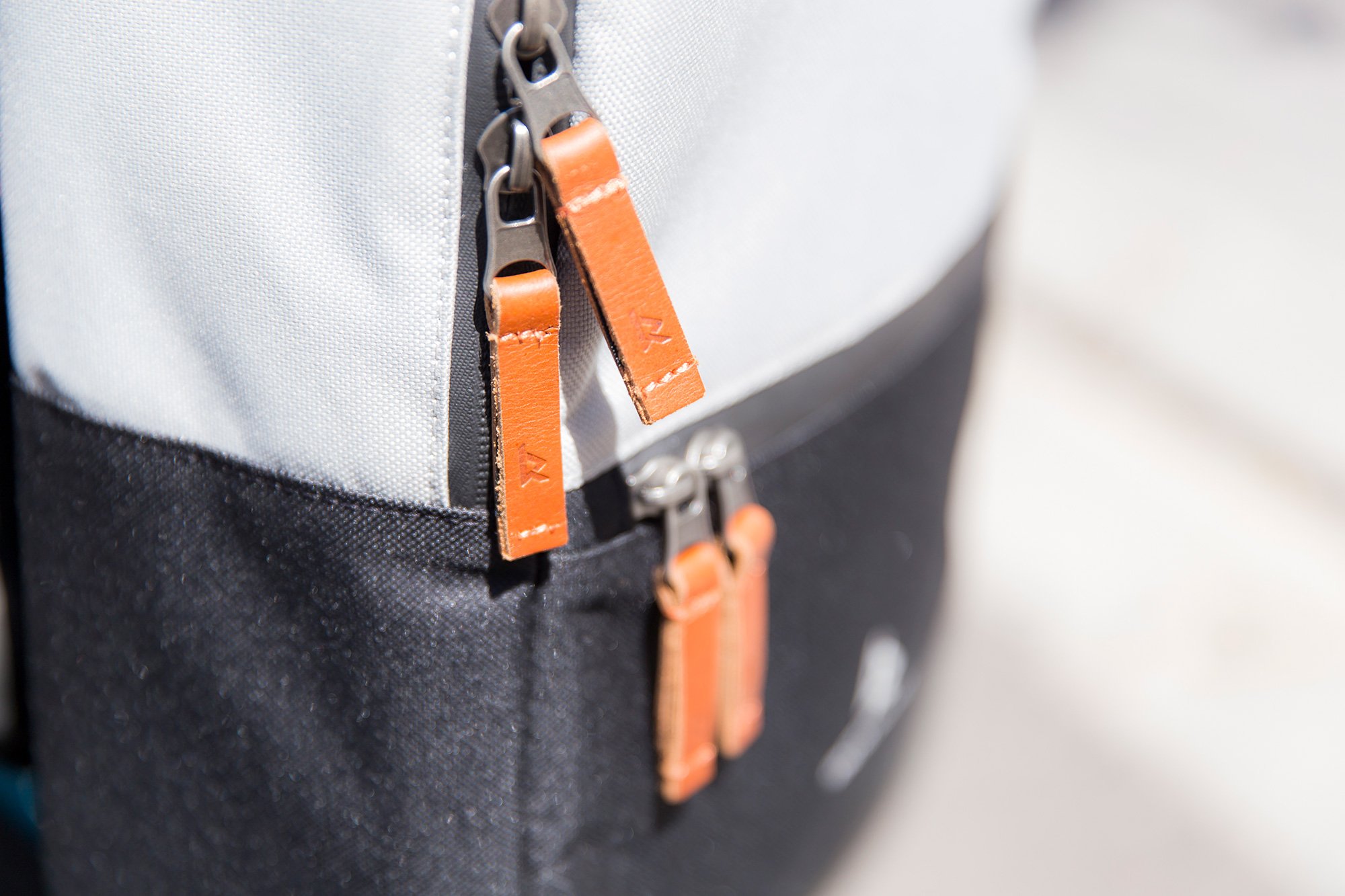
4. The Shot Showing the Scale of your Product
If you're selling vases, or jewellery, or items where size is not immediately obvious then include shots with people, or hands, or another item so that it is clear how big the item is. We've all bought that item from Amazon or Ebay thinking we're getting an amazing bargain until it arrives and reveals itself to be a fifth of the size we imagined it to be. This will frustrate your customers and is easily fixed by the right shot.
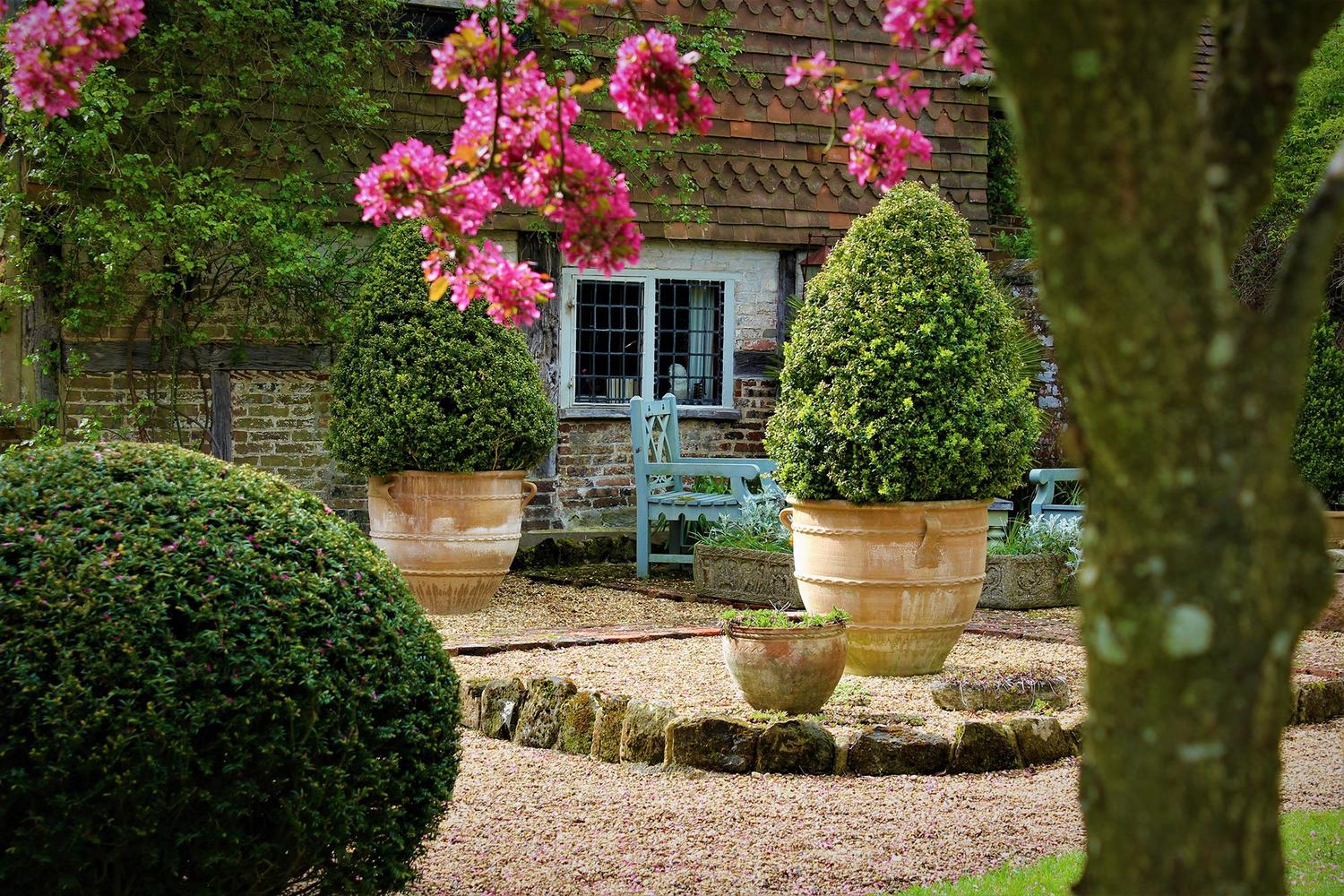
5. The Production/Making Shot
If your product is hand made, or has any part of the process which is unique to that product, then it's good to get a photograph of that. The uniqueness is something that will make your product stand out and will encourage sales if shot properly. For Pots & Pithoi, their pots are all hand made in Crete and they have fabulous images of the pots being made showing the scale and craft involved.
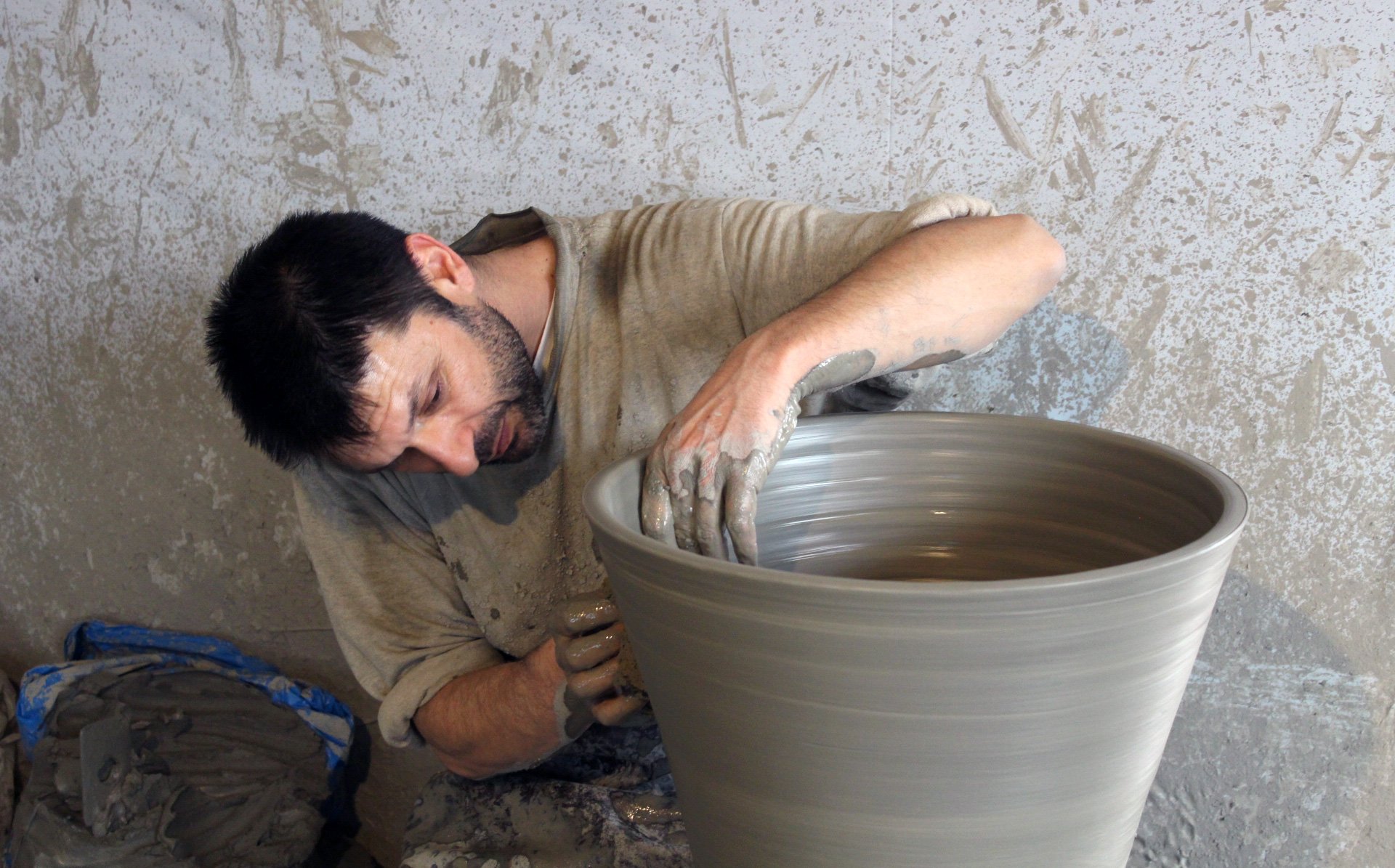
6. The Group Shot if applicable
If you are selling your product in multiples, or there are multiple options e.g in colour, or if the product forms part of a collection, then it can be beneficial to show the items together in a beautiful way. Again this helps both the customer to see what they will receive and can help to further strengthen your brand image.
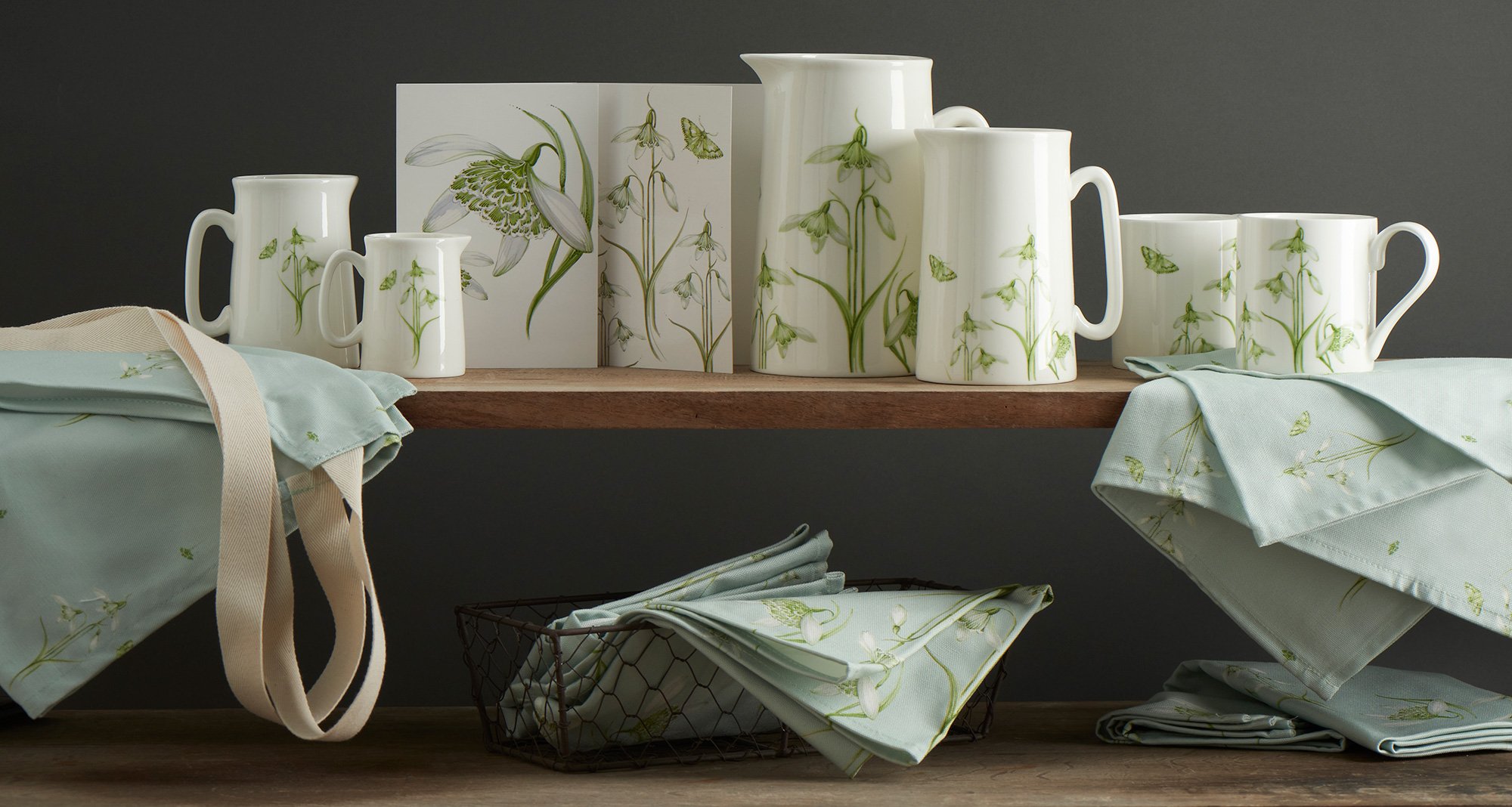
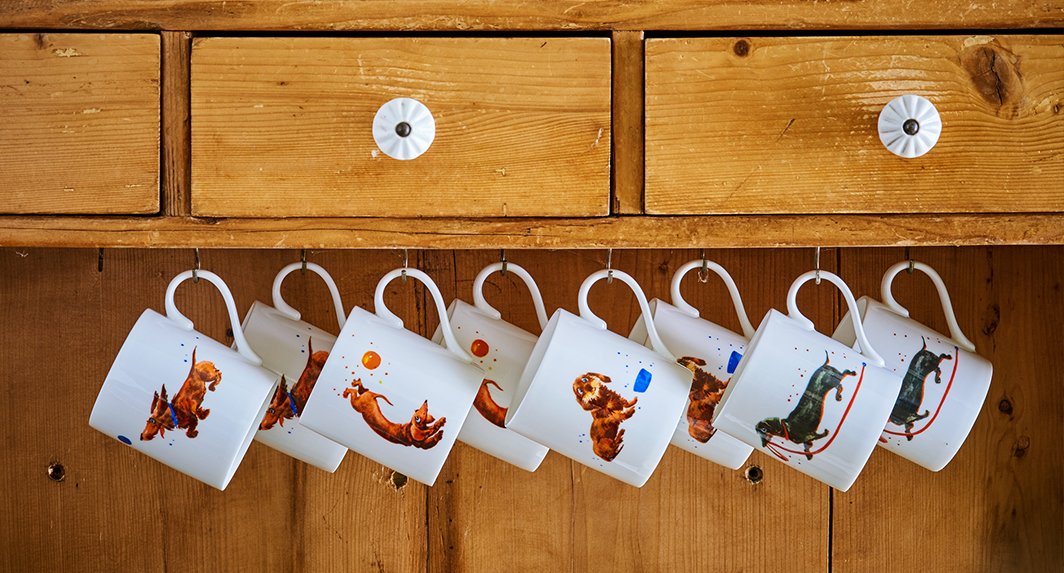
Also a group shot is excellent for up-selling. Many of your customers need help with envisaging how the product can work for them and by grouping it with other items, and adding in these items as related products, you can increase sales.
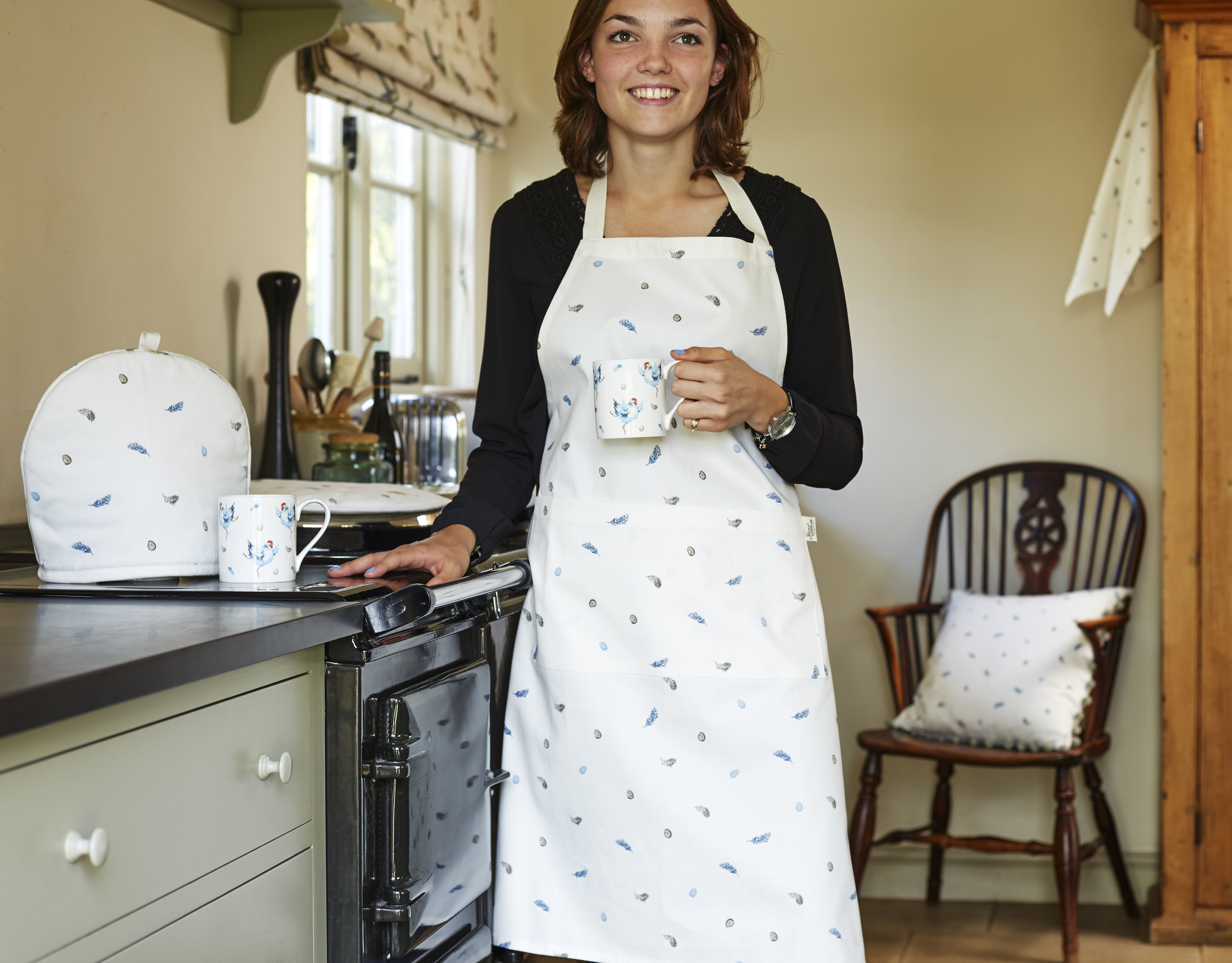
If you are able to include a person in the image, this can be particularly beneficial since studies have shown people look longer at images with people in them. In terms of branding, it can help that the person you choose is someone who really embodies your brand and it's even better if the room setting can reflect your brand too. For Jane Abbott, her products are very wholesome and natural since they feature her characterful illustrations of British flowers and birds. They appeal to customers who love the idea of having a farmhouse kitchen with a dog or two warming themselves by the Aga while rustling up beautiful food which deserves a gorgeous bone china place setting. Even if a customer doesn't buy the whole range, an image such as this can help a customer to buy in to just part of a brand with a small item and every time they use their little milk jug or mug, they feel they have a little piece of the English countryside even if they're in the middle of a big city or living far away from the UK.
7. The Packaging Shot
If you have lovely packaging, or small personal touches which are added when you package, then make sure to include images of your packaging to encourage sales. Small touches makes the customer feel more valued and having a specially crafted shot of your finishing touches will help to encourage sales.
With this one, you could go one stage further and film your product including packaging. Papergang feature the following video on the main banner on their website. The banner changes each month since their packaging changes every month. Their video also includes the process of how the product is made, how it can be used and exactly what the customer receives. Unboxing videos have become very popular on YouTube with users generating content for brands when the brand has particularly interesting packaging or when a product is particularly popular or niche.
In Conclusion
By getting your product photography right and including the suggestions above or all of those which could apply to your products, you maximise the chances of converting site visitors to customers and making sales. It's also one of the main ways which you communicate everything about your brand to your site visitor. The images can help define your brand while being incredibly functional in helping customers know what it is they're buying without being able to see the product in person.
